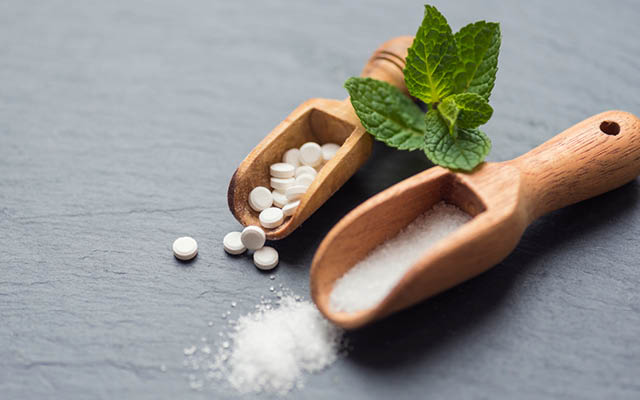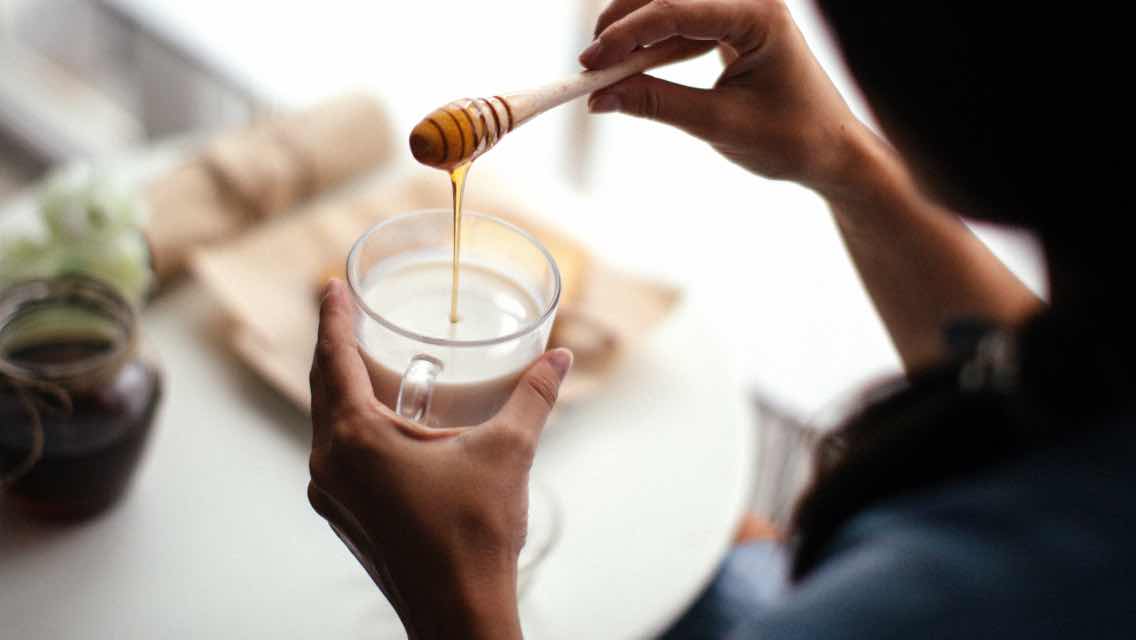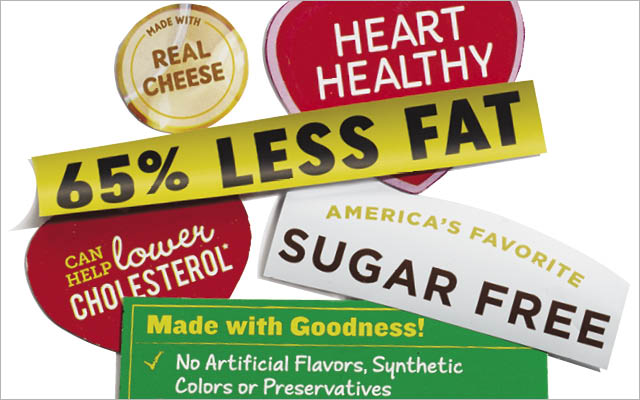You’ve heard the warnings: Americans eat too much of the sweet stuff. We each consume an average of 57 pounds of added sugar per year, which can cause a host of hormonal and metabolic changes in our bodies.
Excess sugar can lead to insulin resistance, behavior issues, and even sleep disturbance. It’s also been linked to high blood pressure and an increased risk of nonalcoholic fatty liver disease.
Alongside the bags of granulated white and brown sugar in the baking aisle of any grocery store, there’s often a shelf of natural alternative sweeteners — one that’s becoming populated by ever more options. If you’re health conscious and have a sweet tooth, it may seem like your prayers have been answered.
Natural alternative sweeteners are not simply unrefined sugar products, like honey, coconut sugar, or maple syrup. Nor are they artificial sweeteners, like saccharine or aspartame, which are synthetic additives.
Instead, natural alternative sweeteners consist of dried plant or fruit powders or sugar alcohols. They’re considered nonnutritive sweeteners because they have few or no calories and little to no carbohydrate content.
The most popular include stevia and monk fruit, as well as xylitol and erythritol (sugar alcohols commonly used by people with diabetes, because the body absorbs them slowly or incompletely, keeping blood-sugar levels relatively steady).
But as these alternative sweeteners grow in popularity, many doctors warn that their overall health effects are still unknown. Before you stock up, here’s what to keep in mind about some of the options.
Stevia
This is the most common natural sugar substitute, and it’s indeed sweet — 200 to 300 times sweeter than table sugar. Made from the leaves of Stevia rebaudiana Bertoni, a plant native to South America, stevia-based sweeteners contain no carbohydrates; they get their taste from the plant’s active compounds, steviol glycosides.
Stevia leaf itself may have some minor medicinal properties. “The plant has antiseptic, antibacterial, and diuretic effects, and it increases microbial diversity in the gut,” says functional-medicine physician Gregory Plotnikoff, MD.
But stevia products found on grocery shelves — including both clear liquid and fine white powder — don’t contain whole stevia leaf; they are primarily rebaudioside A, a glycoside that doesn’t necessarily confer the same health benefits.
Research shows that many artificial sweeteners actually increase appetite, perhaps because they taste sweet but don’t deliver the calories that your brain and body expect from sugar.
Plotnikoff calls this phenomenon the “great irony” of artificial sweeteners — but natural alternatives don’t seem to have the same effects.
“Stevia, unlike fake sugars, does not induce glucose intolerance or cause weight gain,” he explains. One 2010 study in Appetite confirmed that stevia, when compared with aspartame and sucrose, had no effect on satiety, insulin, or glucose levels.
But many stevia products on grocery shelves are cut with fillers, like maltodextrin or dextrose, which may mitigate these benefits — and one 2019 study in Nutrients linked consumption of stevia products with disruptions in gut microbiota.
For many people, the main problem with stevia is the taste, Plotnikoff says. It can be overly sweet for some and thus hard to use as a sugar substitute. Others register the taste as metallic, minty, or slightly bitter.
Monk Fruit
Monk Fruit has been used in Traditional Chinese Medicine (TCM) for centuries as a cooling element to balance body temperature. The sweetener is made from dried lo han guo, a small green melon native to southern China.
Like stevia, monk-fruit extract has a low glycemic index because it contains virtually no calories or carbohydrates, meaning it won’t spike your blood sugar. Monk-fruit extract also contains antioxidants called mogrosides, which some studies suggest can stimulate insulin secretion.
“I like this for baking,” says integrative physician Frank Lipman, MD, author of How to Be Well. He adds that monk-fruit extract is growing in popularity in the paleo community, because some say the taste is closer to regular sugar.
Small cellular studies have shown that monk fruit has anti-inflammatory benefits, but Plotnikoff suggests taking this research with a grain of salt. Like stevia, monk-fruit extract is much sweeter than regular sugar, and so monk-fruit products are often cut with other sweeteners to make them more palatable — meaning you might experience different results at home than researchers produced in a lab.
Xylitol and erythritol
These sugar alcohols are most commonly found in sugar-free gum and sugar-free candy.
They differ from stevia or monk fruit because they’re polyols, a type of carbohydrate that your body doesn’t digest completely. Because of this, they don’t cause the same blood-sugar spike as regular sugar.
Your digestive system can’t absorb them, however, so they can ferment in the colon, leading to abdominal pain and other gastrointestinal issues. (For more on polyols and other FODMAPs, see “An Integrative Approach for IBS Relief.”)
Plotnikoff often recommends sugar alcohols to diabetic patients, or those at risk for the disease. “The molecule has just a slight change from sugar, and this change makes it slowly release in the bloodstream.”
The Sweet Spot
The bottom line: Natural alternative sweeteners don’t cause the same health problems as regular sugar, but they’re still not without some drawbacks.
All of them are safe for consumption, but none deserves a health halo simply because it’s natural or plant-derived. Both Plotnikoff and Lipman agree that though sugar alternatives may have their place in a well-rounded diet, they aren’t for everyday use.
And because many of them are so much sweeter, excess consumption will likely still leave you craving plain old sugar. “The real goal is to lower your need for sugar,” explains Lipman. “Eating fewer sweet things overall would be the best choice.”




This Post Has One Comment
Allulose is a new kid on the block with all the advantages of the above but with much less of the downsides. It would be good if the article was updated with this alternative.